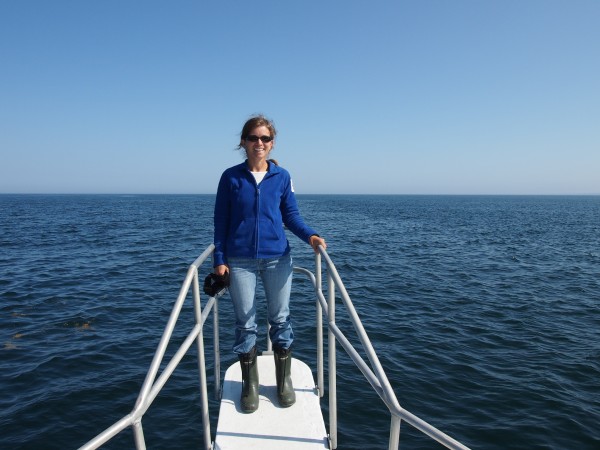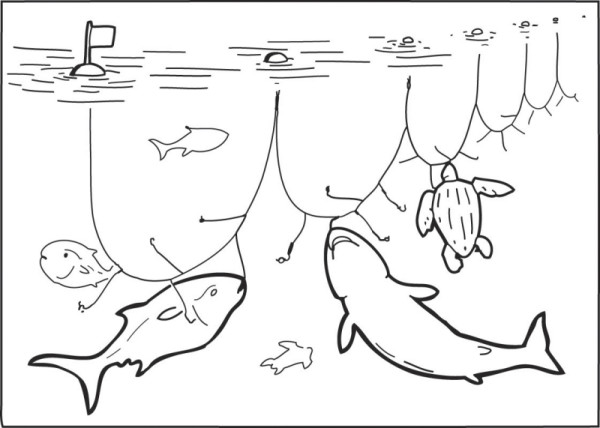Bringing the business of bycatch to light
Next to illegal wildlife trade (poaching), bycatch – the incidental capture of non-target species like whales, sharks and turtles during the fishing process – is the human activity that impacts the most number of species around the world. WWF-Canada has been working to address bycatch for over 10 years. Read on to learn what we are doing, and how you can become a supporter of this work.
In our Halifax office, Tonya Wimmer, species conservation manager and member of the panda family since 2003, quickly makes the case for why addressing bycatch is so important; “when fishing, harvesters might catch 5-10 other marine species per fish they were targeting. Some may be able to be thrown back alive, but most are not and are the unfortunate consequence of modern fishing practices”.
Bycatch can often represent 30-90 per cent of the overall fish captured during a trip, which is a scary number. But that’s just an estimate. For some fisheries or target species, that number is probably higher. The fact is, we still don’t really know much about which, or how many fish or marine mammals are taken as bycatch. Fish harvesters are asked to track and report on bycatch, but often, that tracking focuses on fish species that have a commercial interest, and other species – like whales, sharks, skates and sea turtles – are not counted appropriately, if at all.
This is where WWF-Canada has been filling the gap for the past ten years. With Tonya in the lead for many of them, we have worked with fish harvesters, researchers and the government to better understand the true threat of bycatch and to introduce best practices for preventing bycatch and protecting species at risk.
Perhaps surprising to some, we’ve found the most success in working directly with the fishing industry to demonstrate the possible. For example, a recent partnership with a lobster fishery in the Bay of Fundy and southwestern Nova Scotia resulted in approximately 1,700 lobster harvesters changing the way they fish their so that it reduces the amount of line floating in the water. Their aim is to keep rope out of the path of whales, like endangered North Atlantic right whales, which visit annually to feed.
© Peter DIAMOND / WWF-Canada
Soon to be launched, WWF has also created an app that helps fish harvesters and fisheries observers quickly identify their bycatch, which in turn will help WWF, researchers and the government quantify this threat to specific species at risk.
With only 500 North Atlantic right whales left on the planet, and leatherback sea turtles facing extinction, this work isn’t only about preserving marine ecosystems. It’s also about saving a species. WWF’s goal is to ensure Canada’s fisheries are sustainable and have as minimal an impact on our oceans as possible, especially on species at risk, and we hope you’ll consider supporting us as we work towards a future that supports a sustainable fish industry and the important marine species.
How you can help:
The BMO® WWF-Canada MasterCard®* is the only credit card that helps WWF-Canada create solutions to the most serious conservation challenges facing our planet – at no additional cost to you. Every time you make a purchase with the card, a percentage of the dollar value of the transaction goes directly to WWF.
Take it from Tonya, who has it as her personal card; “I already live and breathe conservation. Of course I’m going to choose this cute card that does more than just buy my groceries”. Find out more here.



